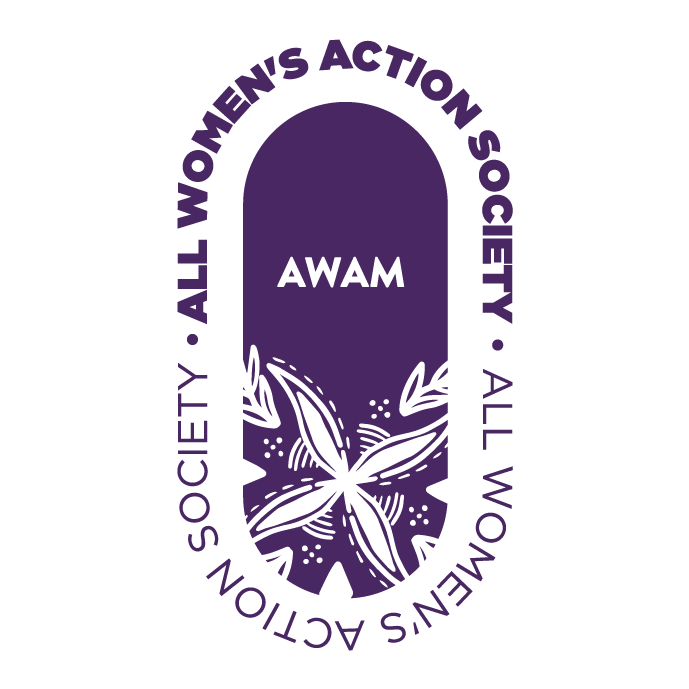27 NOVEMBER 2021
We have come a long way since our analysis of 275 testimonies of abuse in schools, compiled with the help of Nalisa Alia Amin and Terry Die Heiden from 16 to 26 April 2021. To ensure that key government stakeholders prioritise this issue, we analysed another 770 testimonies, this time compiled by Save the Schools MY (STS) from 26 April to 13 August 2021.
Out of the 1145 incidents of abuse, a total of 1495 period spot checks, sexual harassment, bullying and other violations are identified.
What our findings depict of the safety and wellbeing of our children in schools is grim and heart-rending.
– Survivors in close to 25% of all incidents experienced multiple violations.
– 23.9% of incidents of abuse disclosed psychosocial consequences that affected survivors’ mental health, school life, relationships and even livelihood. There are 17 formal diagnoses of mental health conditions, with anxiety and depression making up close to 75% of them.
– Among 1037 survivors, almost 20% (199) are still children (below 18 years old). And these are just those who have disclosed their age.
Secondary school students consists of the largest age group among all survivors, across all four major violation categories (sexual harassment, period spot checks, bullying, and others).
– Survivors are predominantly female across all four major violation categories. Violations of sexual harassment had the highest discrepancy in prevalence of survivor by gender, whereby the number of violations involving female-only survivors is 16.6 times more than those involving male-only survivors.
– In the respective violation categories of sexual harassment, period spot checks and bullying, school figures of authority consist of the largest or second largest group of perpetrators. Among all school figures of authority, teachers constitute the most common perpetrators in sexual harassment and bullying, and ustazahs in period spot checks.
– For sexual harassment, period spot checks and bullying, at least 89.2% of these violations occurred in primary and secondary institutions of learning.
– Underreporting is highly prevalent across all violation categories, highest in period spot checks violations (93.2%). In violations of sexual harassment and period spot checks, none of the top three or four consequences experienced by survivors who disclosed/reported to someone were positive, such as no action taken and survivors not taken seriously. In period spot checks and bullying, harassment by the perpetrator or others is among the top four to five consequences experienced by survivors for reporting the violation.
– Sexual harassment alone constitutes 75% of 1495 violations. The top three forms of sexual harassment were verbal (36.9%), physical (35.2%) and gestural (13%), comprising 85.1% of all sexual harassment violations.
– Alleged rape consists of 2.7% of all physical sexual harassment violations. The youngest survivor of disclosed age was 8 years old. In alleged rape violations in which the perpetrator’s relationship to the survivor is known, one-third of them were school figures of authority. All but one survivor did not tell anyone about what they went through, and yet they experienced negative psychosocial consequences such as social isolation and bullying by family, teachers and friends.
– Child grooming and stalking are among the violation types documented in the ‘Others’ violation category. In stalking specifically, significant findings include: (1) a quarter of alleged stalking violations continued for at least a year, and; (2) 60% of alleged stalking violations involved perpetration of other violations, most commonly sexual harassment.
We cannot remain complacent in the face of decades of such widespread perpetration of atrocities.
Once again, AWAM calls on the Ministry of Education to uphold their commitment to student welfare by prioritising the following long-term solutions to create a culture of zero tolerance against sexual harassment in educational institutions:
– Implement regular gender awareness and sensitisation training among school figures of authorities nationally
– Incorporate modules on gender awareness and sensitivity in the curricula and teachers’ code of conduct in teachers’ colleges or training institutions
– Update the 2011 guidelines on management of sexual harassment cases and monitor its implementation in schools
– Address gaps highlighted by AWAM on the period spot check circular, specifically those on the need for clearer directives on reporting mechanisms, actions taken against perpetrators and survivor redress
The future of our children depends on the realisation of these actions. We must act now.
To read the report by AWAM and STS, click here.
Testimonies for the AWAM-STS report were collected through an online form managed by STS. After receiving the testimonies from STS, AWAM analyses them by extracting information on various parameters (e.g., survivor gender and age, violence type and form etc).

